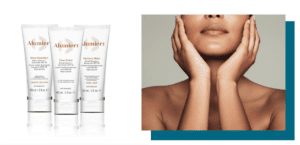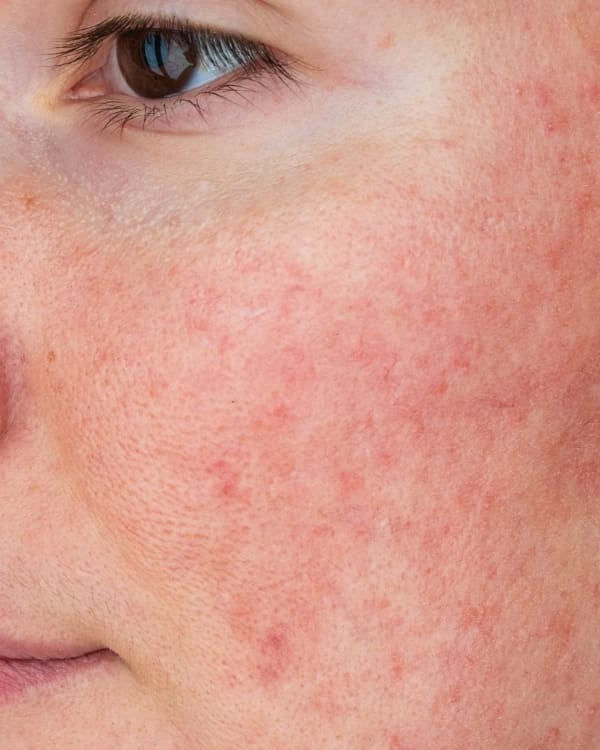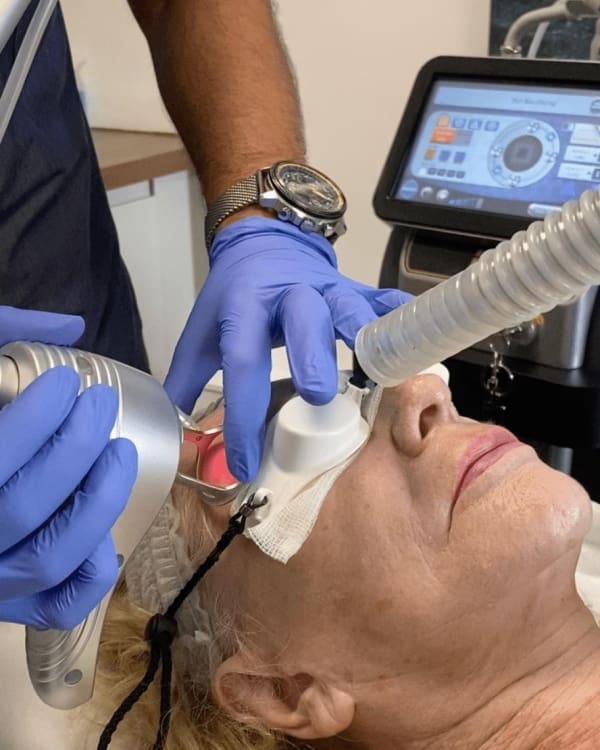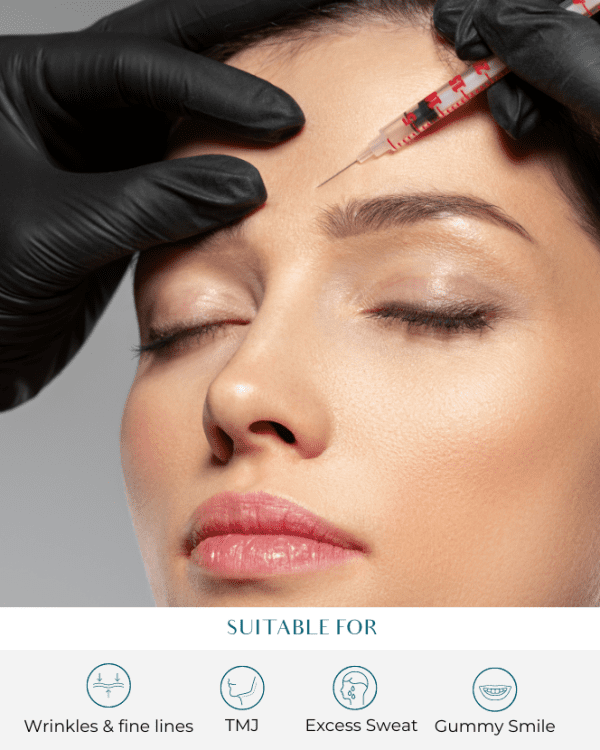What I learnt from working in Aesthetics…
Firstly, I want to introduce myself, I am Stephanie the Marketing Lead. I joined the Perfect Skin Solutions team early this year, and I was a newbie to the world of Aesthetics and the deeper knowledge of Skincare. I wanted to share my journey of what I have learnt with you, and what I was surprised about with one of our most important skincare products. That’s right you guessed it, it’s SPF! If you are like me and didn’t know the true power that SPF holds, then you are in for a treat.

So, I’m sure there are a lot of people, who use their skincare and makeup and are aware that they contain SPF thinking this gives you protection for the day, and hopefully you won’t burn! But there is more to learn…
Within my first week, I was working with the Therapists on their Instagram stories, we looked at the products and decided to feature the product SPF. Little did I know what this was going to unveil. Most of us know that using SPF can help to protect our skin from UVB rays, which are responsible for causing the skin to burn or change colour. However, the ageing effect we see from the sun such as lines and wrinkles and dark sunspots are caused from UVA rays. UVA rays are present all year round and can travel through glass and reach our skin. This means whether you work outdoors or indoors, UVA protection is essential all year round.
When most of us go on holiday we normally go down to the shops and just pick up a sunscreen that is on offer. These sunscreens will usually only protect the skin from UVB rays and offer very little protection from the UVA rays.
This is when I learnt there are two types of SPF, the chemical and the physical kind.
So, let’s break this down and start by looking at the differences between chemical and physical sunscreen.

What is Chemical SPF?
Chemical SPF mainly protects us against UVB rays which are absorbed into the skin, transferred into heat and released from your body. The ingredients that are used to help this process are avobenzone, octinoxate and oxybenzone. These ingredients have been highlighted as a high hazard as they penetrate the skin, disrupt the body’s endocrine system and have been detected in urine, blood and breast milk. These molecules are often oily and thick making it difficult for your skin to breath which can also result in spotty skin or heat rash. As the chemical SPF is absorbed into the skin, it gives you less protection and results in more frequent applications of the sun cream to gain full protection, but at the same time this is just allowing your body to absorb more potentially harmful chemicals.

What is a Physical SPF?
Physical SPFs will include mineral ingredients such as titanium dioxide and zinc oxide. The molecules in physical SPF are shaped like snowflakes, with each side acting like a mirror, reflecting the UV rays off the skin. This means a physical SPF will protect us against both UVB and UVA rays becoming one of the most important products to use to prevent the signs of ageing! The snowflake structure of the molecules also helps the skin to breathe.
What else do I need to know?
So, thinking back about when choosing your sunscreen, there are other factors that you need to look out for – like how good your sun cream actually is! If you inspect your sun cream you will have noticed the star rating on your bottle, this is based on the percentage of ultraviolet A radiation (UVA) that is absorbed in comparison to UVB. Which unfortunately means just because you have a 5-star rating on your sun cream doesn’t mean it provides you with the best protection, it could just mean that there is an equal amount of UVA and UVB, whilst still being a chemical SPF.
Top tips for choosing your SPF
So here are some top tips to help you choose your sun cream:
- Look for a broad spectrum sun cream with an SPF of 15 or higher
- For extended outdoor activities use a water-resistant, broad-spectrum (UVA/UVB) sunscreen with an SPF of 30 or higher
- Do your research first, look online and see what physical SPF’s are recommended
- Look for a sun cream that states it is ‘physical’, or that have zinc oxide or titanium dioxide as their primary ingredients

I wear makeup with SPF, do I still need a separate SPF?
Yes, you do! We know it adds another step into your routine, but for the importance of reducing the signs of lines and wrinkles, it is crucial! So, yes your foundation, BB cream, CC cream or whatever other makeup you use that contains SPF, it does not have the full protection or the UVA and UVB. So add your physical SPF just after your moisturiser to ensure you keep healthy glowing skin.
Looking for SPF for your face?
You are in luck! We feature a few AlumierMD SPF varieties, perfect for all different skin types. You know that you can trust this SPF to give you full protection, AlumierMD is a medical-grade skincare range, which means it has an extensive research background, ensuring it gives the best to your skin. Within the range, we have a tinted SPF as well, perfect for those busy days where you want extra coverage and don’t have time for full makeup.































































